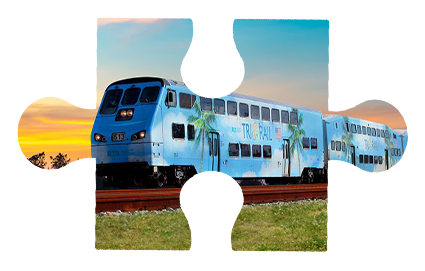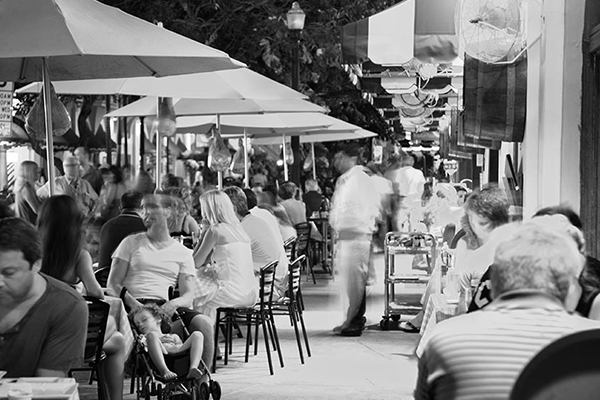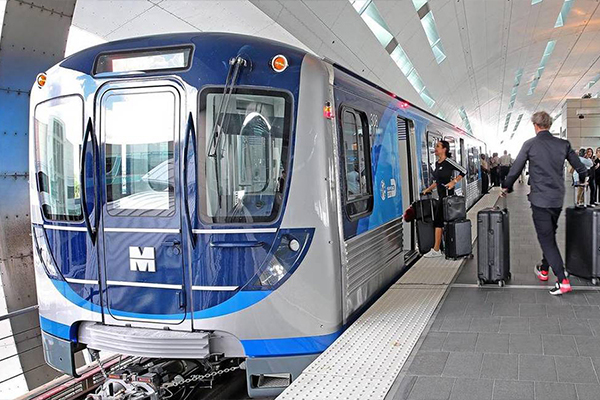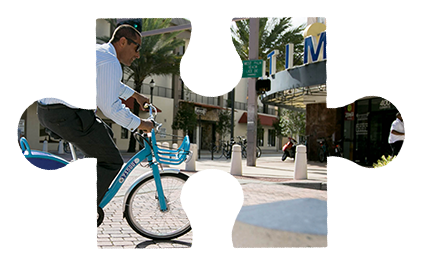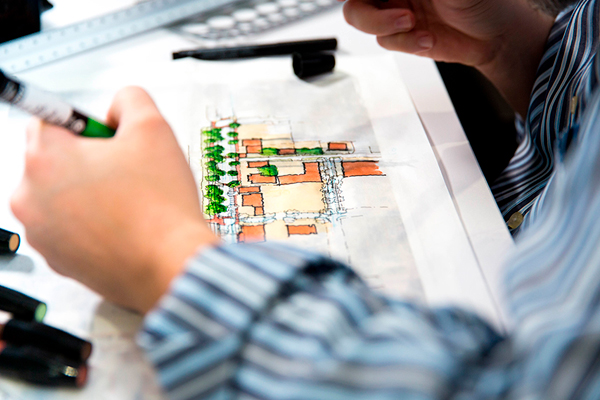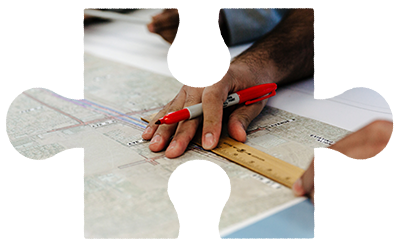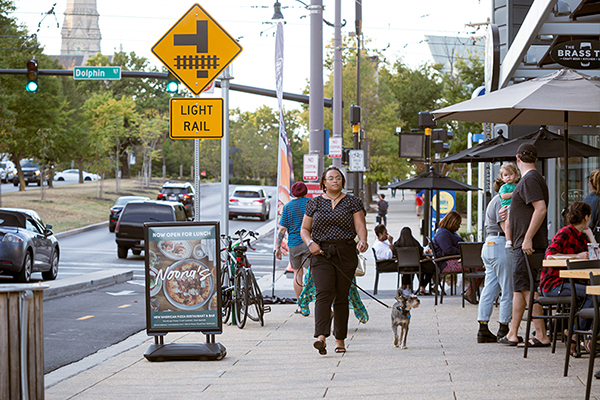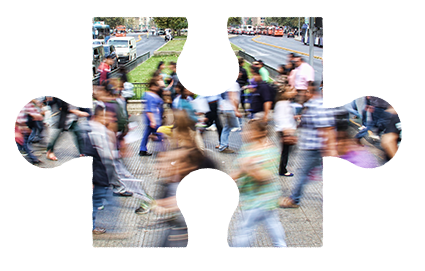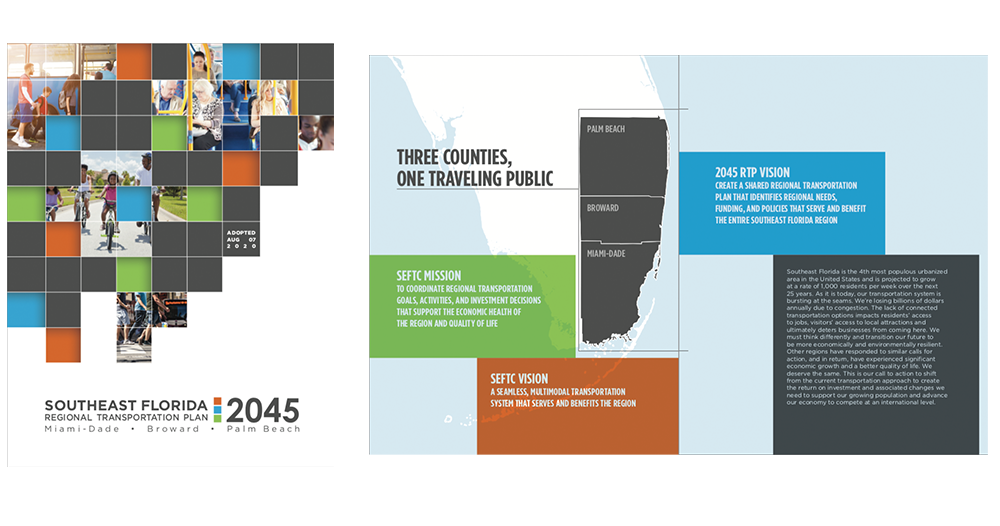
IT'S TIME TO CHANGE
OUR
MOBILITY
FUTURE
Southeast Florida is growing
by 1,000 residents per week. As it is today, our transportation system is imbalanced and bursting at the seams.
Our economy is losing BILLIONS of dollars annually due to congestion.
The lack of well-connected transportation options impacts residents’ access to jobs, visitors’ access to local attractions and ultimately deters businesses locating to South Florida.
